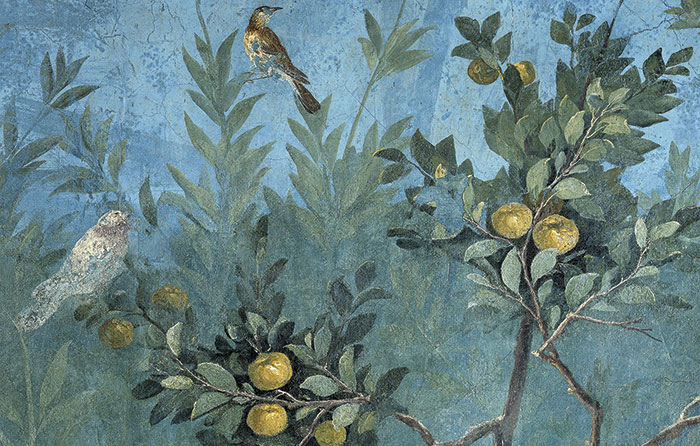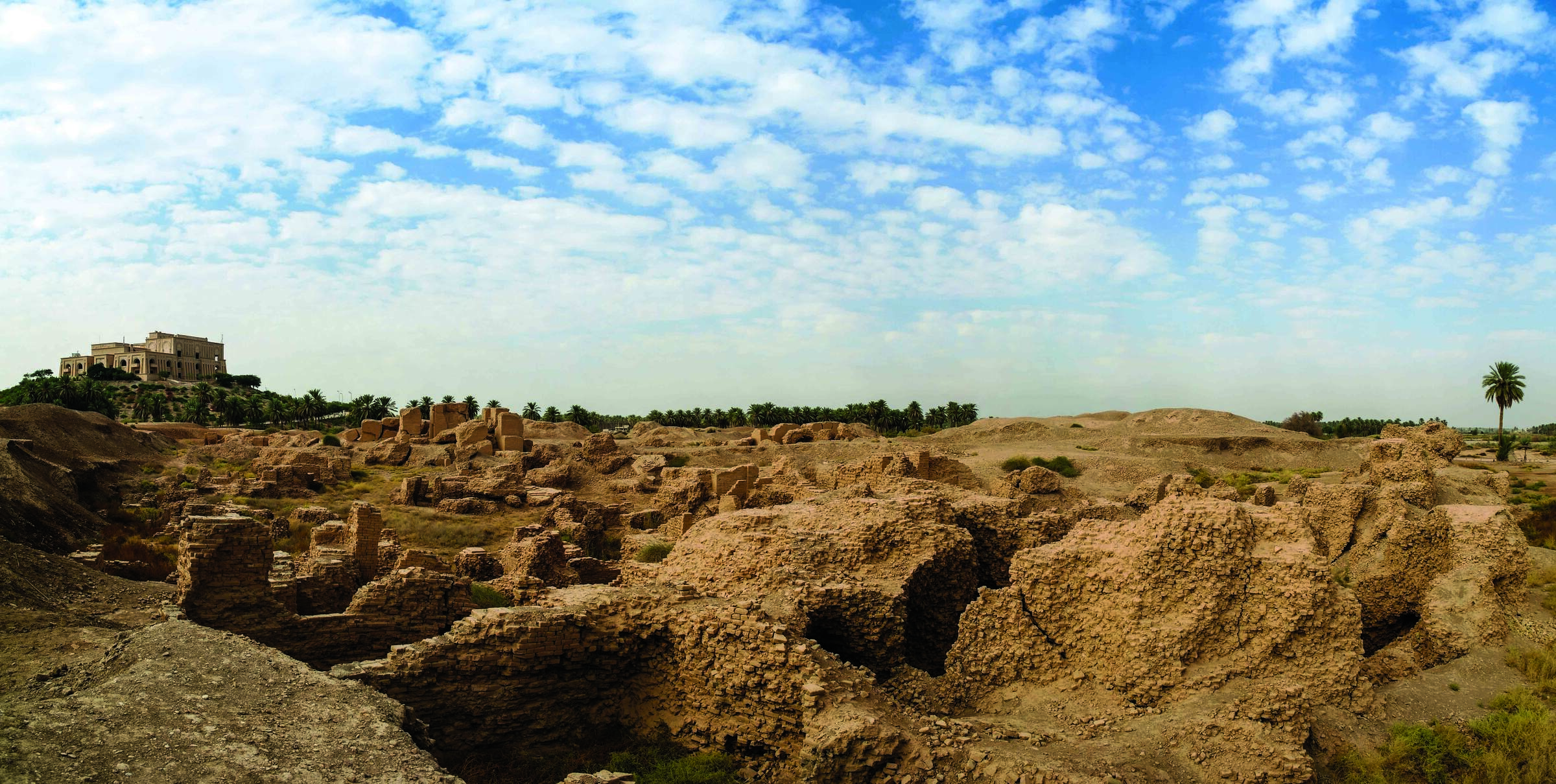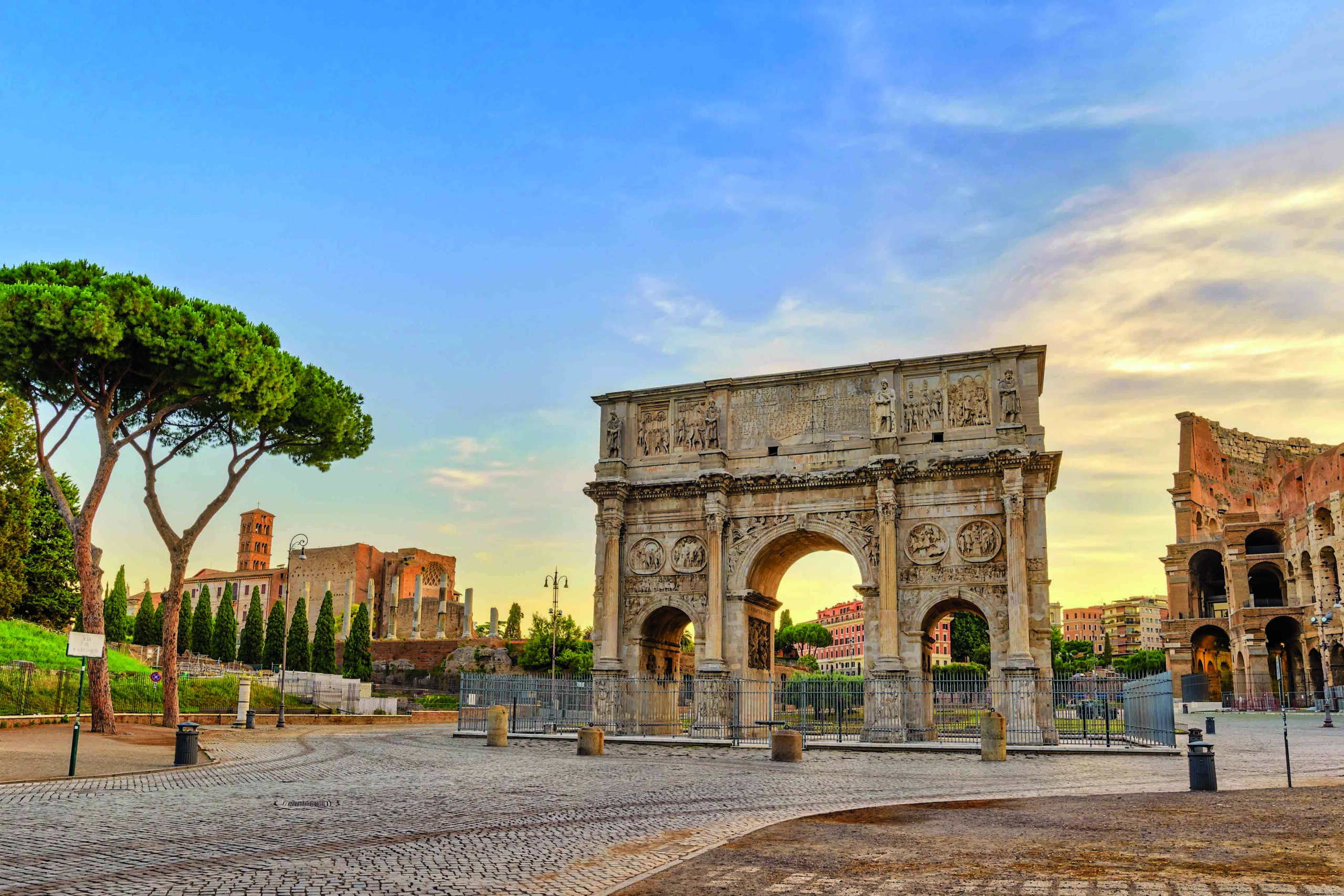PERTH, AUSTRALIA—According to a statement released by Murdoch University, the muscle action required to consume a carnivorous or omnivorous diet may have influenced the shape of the lower jaw of domesticated dogs over time. Colline Brassard of Murdoch University and her colleagues examined the lower jaws of more than 500 European dogs who lived between 5,000 and 10,000 years ago, and compared their structure with the jaws of modern dogs, wolves, and Australian dingoes. The shapes of the ancient European dogs’ jaws indicate that they ate tougher, harder foods than most modern dogs, Brassard said. Their greater biting force would have been useful for defense and hunting, she explained. She thinks the shape of domesticated dogs’ jaws likely shifted as they began to eat plant foods provided by humans. Modern dogs have also developed multiple copies of a gene that increases their ability to digest starches. Team member Trish Fleming of Murdoch University added that the shape of the lower jaws of dingoes falls between that of wolves and modern dogs. Dingoes arrived in Australia between 5,000 and 3,600 years ago, and they still consume a diet mainly made up of kangaroos and wallabies. Additionally, dingoes have just a single copy of the gene for digesting starches, which suggests they separated from the modern dog lineage before domesticated dogs adapted to an omnivorous diet, Fleming concluded. To read about specialized dog breeds that the Inuit introduced to North America 2,000 years ago, go to "Around the World: Arctic."
Did Dog Jaws Adapt to a Domesticated Diet?
News May 18, 2022
Recommended Articles
Digs & Discoveries March/April 2021
In Full Plume

Digs & Discoveries September/October 2020
Reindeer Training


Digs & Discoveries March/April 2019
Mild Boars

-
Features March/April 2022
The Last King of Babylon
Investigating the reign of Mesopotamia’s most eccentric ruler
 (iStock/HomoCosmicos)
(iStock/HomoCosmicos) -
Features March/April 2022
Paradise Lost
Archaeologists in Nova Scotia are uncovering evidence of thriving seventeenth-century French colonists and their brutal expulsion
 (© Jamie Robertson)
(© Jamie Robertson) -
Features March/April 2022
Exploring Notre Dame's Hidden Past
The devastating 2019 fire is providing an unprecedented look at the secrets of the great cathedral
 (Patrick Zachmann)
(Patrick Zachmann) -
Letter from Doggerland March/April 2022
Mapping a Vanished Landscape
Evidence of a lost Mesolithic world lies deep beneath the dark waters of the North Sea
 (M.J. Thomas)
(M.J. Thomas)


